Heatstroke is an all-too-common summertime tragedy for pets, as many thick-coated, flat-faced, and overweight pets suffer from overheating. However, you can prevent your furry pal suffering from this emergency by taking the necessary precautions when playing with them outside. To help keep your pet safe this summer, our Palisades Animal Hospital team answered the most common questions we hear about heatstroke and heat safety in pets.
Question: What is the definition of heatstroke in pets?
Answer: The normal temperature of cats and dogs runs between 100 and 102.5 degrees, and heatstroke is defined as a severe elevation in body temperature from 104.9 to 109.4 degrees. Heat exhaustion occurs directly prior to heatstroke. If a pet’s body temperature reaches 106 degrees, their organs begin to fail, so cooling measures must be taken when their temperature rises to 103 or above.
Q: What will be my pet’s signs if they develop heatstroke?
A: Early stages of heat exhaustion and heatstroke can be difficult to identify, as they’re typically characterized by heavier than normal panting. As your pet continues to overheat, signs can progress to include:
- Thick, stringy saliva
-
- Bright red gums and tongue
- Disorientation
- Lethargy
- Vomiting
- Diarrhea
- Collapse
- Seizures
If your pet’s body temperature reaches 106 degrees or above, their gums may turn pale, and the vomit and diarrhea can be blood-tinged. These signs point to disseminated intravascular coagulation, which occurs as the red blood cells are destroyed, and the organs begin to fail. Since the body temperature can rise rapidly, immediate cooling is vital as soon as the first heatstroke sign—fast, heavy panting—is noticed.
Q: Are some pets at a higher risk for developing heatstroke?
A: While heatstroke can befall any pet, some pets are more likely to overheat in unpleasant weather conditions. Pets with a higher risk of heatstroke development include those who are:
- Overweight or obese
- Thick- or long-coated
- Flat-faced
- Young or old
- Managing a cardiac or respiratory condition
Pets who have had a previous heatstroke episode are also more likely to have another, so take extra care when these pets are outdoors in hot or humid conditions.
Q: What should I do if I notice my pet overheating?
A: If your pet begins to pant heavily or rapidly, immediately bring them indoors and begin cooling them down. First, check your pet’s temperature rectally so you have a baseline. Next, place your pet in the bathtub and run cool—not cold—water over them. If your pet is weak, ensure you keep their head up out of the water. Place a fan in front of your pet to help speed the evaporation process. Avoid wrapping them in wet towels, which will only serve to trap heat, rather than allowing it to evaporate. Additionally, refrain from using ice-cold water to cool your pet, since this causes the blood vessels in the extremities to constrict, shunting the overheated blood to your pet’s core, and further increasing their temperature. Check your pet’s temperature every five minutes, and stop the cooling process once the thermometer reads 103 degrees or less.
Q: Does my pet still need veterinary care after they are cooled down?
A: All pets who suffer from overheating need veterinary care after their temperature has dropped to 103 degrees. Our Palisades Veterinary Hospital veterinarian will perform a thorough physical examination and run blood work, to assess the extent of the damage caused by overheating. Depending on their heatstroke severity, your pet may require intravenous fluid therapy, oxygen therapy, a blood transfusion, and intensive nursing care for several days.
Q: How can I prevent heatstroke in my pet?
A: Preventing heatstroke in your pet can avoid a heartbreaking situation. Follow these tips to keep your furry pal cool and safe while outdoors:

- Provide fresh water, shade, and ventilation
- Exercise your pet in the relative cool of the early morning, instead of the afternoon
- Know when to call it quits when playing with your pet outside
- Keep a close eye out for heatstroke signs
- Never leave your pet in a parked car
When enjoying the outdoors with your pet this summer, take the proper precautions to keep them safe. If it’s too hot for you, it’s certainly too hot for them, so monitor their comfort level closely, and bring them indoors if they begin panting heavily.
Heatstroke is a serious, life-threatening condition that requires immediate treatment and ongoing care. If you notice heatstroke signs in your pet, immediately begin cooling them off, and contact our Palisades Veterinary Hospital team for guidance.

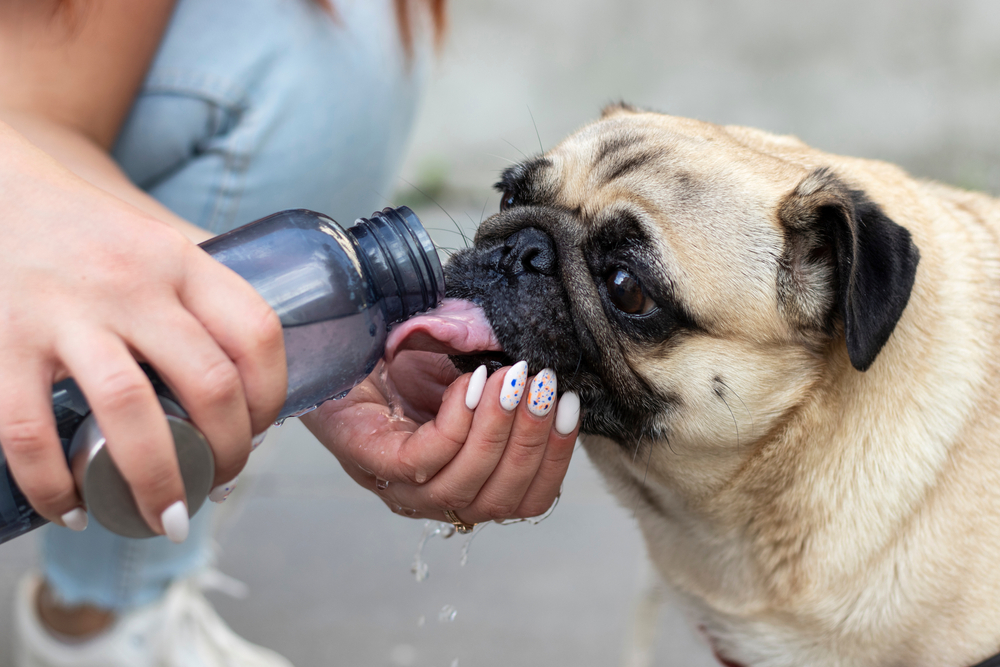
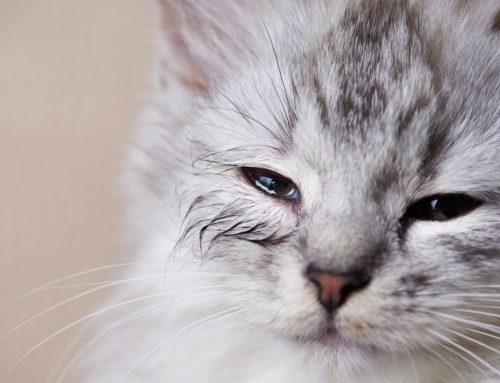
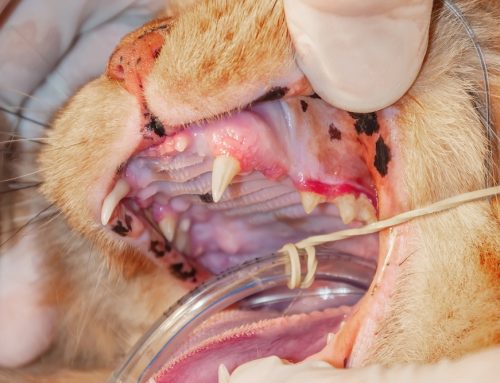
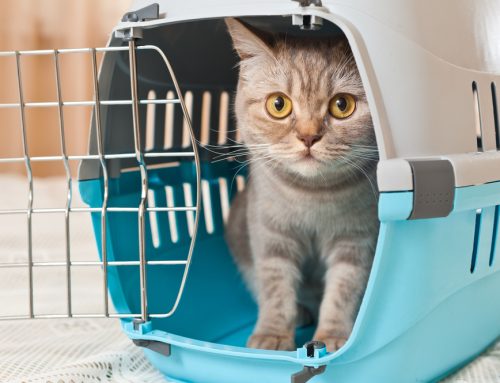
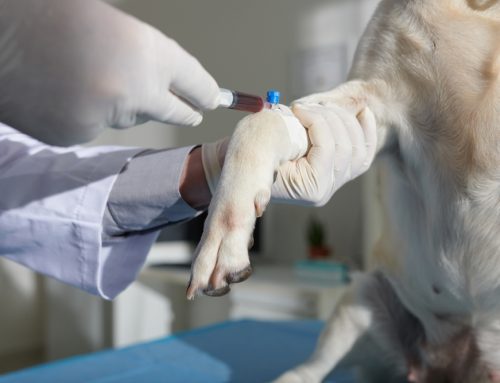


Leave A Comment